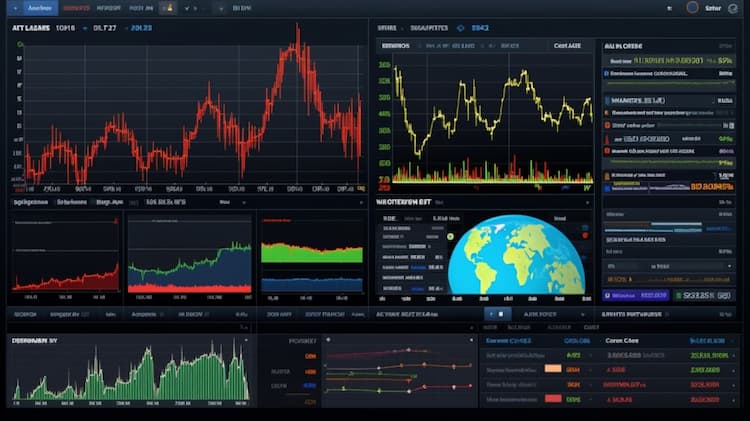
INP VS INDY: A Comprehensive Comparison of ETFs
Exchange-Traded Funds (ETFs) have reshaped the investment landscape, offering investors a diversified and flexible approach to gain exposure to specific sectors and asset classes. In this article, we embark on an in-depth comparison between two prominent ETFs: INP (iPath MSCI India Index ETN) and INDY (iShares India 50 ETF). We will delve into key facets such as ETF tickers, full names, issuers, sectors, top holdings, capitalization, strategy, tracking methods, and exposure.
INP VS INDY: Overview
INP and INDY represent two distinct approaches to investing in the Indian market. While both ETFs focus on India, they differ in their underlying assets and investment strategies. INP is an Exchange-Traded Note (ETN) that tracks the MSCI India Total Return Index, providing exposure to Indian equity markets. INDY, on the other hand, seeks to mirror the performance of the Nifty 50 Index, comprised of the 50 largest and most liquid Indian stocks.
INP VS INDY: Sectors and Top Holdings
INP's strategy involves tracking the performance of the MSCI India Index, which spans various sectors including Information Technology, Financials, Consumer Discretionary, and more. INDY, with its focus on the Nifty 50 Index, gives investors exposure to sectors like Finance, Energy, Information Technology, and Consumer Goods. The ETFs' top holdings reflect the significant Indian corporations driving these sectors, aiding investors in understanding the underlying assets.
 INP overlap INP VS INDY: A Comprehensive Comparison of ETFs
INP overlap INP VS INDY: A Comprehensive Comparison of ETFs
INP VS INDY: Capitalization and Strategy
INP boasts a substantial asset under management (AUM), emphasizing its popularity among investors interested in Indian markets. Its ETN structure means it is a debt obligation of the issuer, adding an additional layer of complexity. In contrast, INDY's strategy is geared towards tracking the Nifty 50 Index and providing investors with a diversified exposure to India's leading blue-chip companies. Evaluating capitalization and investment strategies aids investors in assessing potential returns and risks.
INP VS INDY: Tracking Methods and Exposure
INP's performance is linked to the MSCI India Total Return Index, which is designed to capture the performance of Indian equities. INDY's performance mirrors the Nifty 50 Index, offering investors a comprehensive representation of India's equity market performance. Understanding the tracking methods and exposure helps investors ascertain how closely the ETFs follow their respective benchmarks and what market segments they capture.
Conclusion
INP and INDY present distinctive investment opportunities within the Indian market, catering to various investment preferences. For those keen on exploring deeper insights into holdings, correlations, and overlaps, ETF insider serves as a valuable tool. With its user-friendly app, investors can access extensive information on these ETFs and other financial instruments, aiding them in making informed investment decisions.
Disclaimer: This article does not offer any investment advisory services.
Sources:
iPath MSCI India Index ETN (INP) official documentation
iShares India 50 ETF (INDY) official website
INDY quote and analysis
Discover the top holdings, correlations, and overlaps of ETFs using our visualization tool.
Our app allows you to build and track your portfolio.
To learn more about the INDY iShares India 50 ETF, access our dedicated page now.







